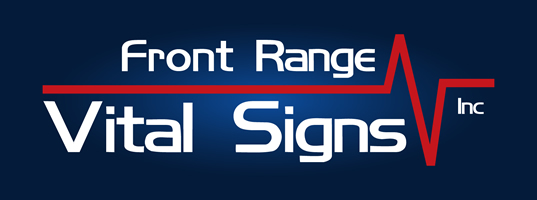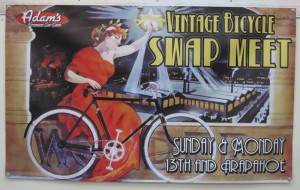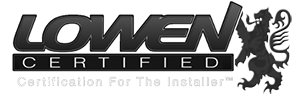Banner Basics
Are you looking for a quick, inexpensive but great looking sign for a special occasion or even? Banners are a great looking option for you to consider. Banners are one of the most popular type of sign. This is due to how easily they are transported, their ability to be indoors or outdoors, and, more importantly, their low cost. Regardless of the reason, banners can be produced quickly, are great looking, and can last for a year or more (although they are considered a more temporary type of signage).
In this article, we will touch on the basics of banners. Lets start with a list of banner terms you will want to be familiar with when looking to place an order or compare features between companies:
- Weight – This determines the thickness and strength of the banner material. The most popular weights are 10 oz and 13 oz, but you can get weights up to 18 oz or more. If you are looking for an indoor only banner, chances are a 10 oz banner will be sufficient. If the banner will be outdoor, but only on a temporary basis, 13 oz will work fine. If you plan on having the banner out for long periods of time you will want to consider the 18 oz.
- Hem – The outer perimeter of the banner is folded over and either taped or sewn to provide strength around the outer circumference of the banner. Indoor banners are often only hemmed on the left and right side as there is generally no natural forces pushing against them that would require additional strength from having the top and bottom hemmed.
- Webbing – this is a ribbon like cloth material that is folded over and sewn into the hemming of the banner. This provides additional strength when the banner is going to be outdoors. These can be extended to allow for a method to tie the banner down instead of having to use additional rope or bungee cords.
- Grommet – These holes are generally made of metal (but could be plastic) and are put around the circumference of the banner. Besides providing strength to the banner, they also provide you with a way of attaching a rope or bungee cord to the banner to hold it up.
Banners can be printed directly or have cut vinyl adhered to them. Printing directly to the material is best if you want to use many colors or graphics.
In our next post, we’ll discuss banner usage, and what options make the most sense for the environment they will be used in.
While waiting patiently for that next article, why not give Front Range Vital Signs a call today to get help with your banner needs!





